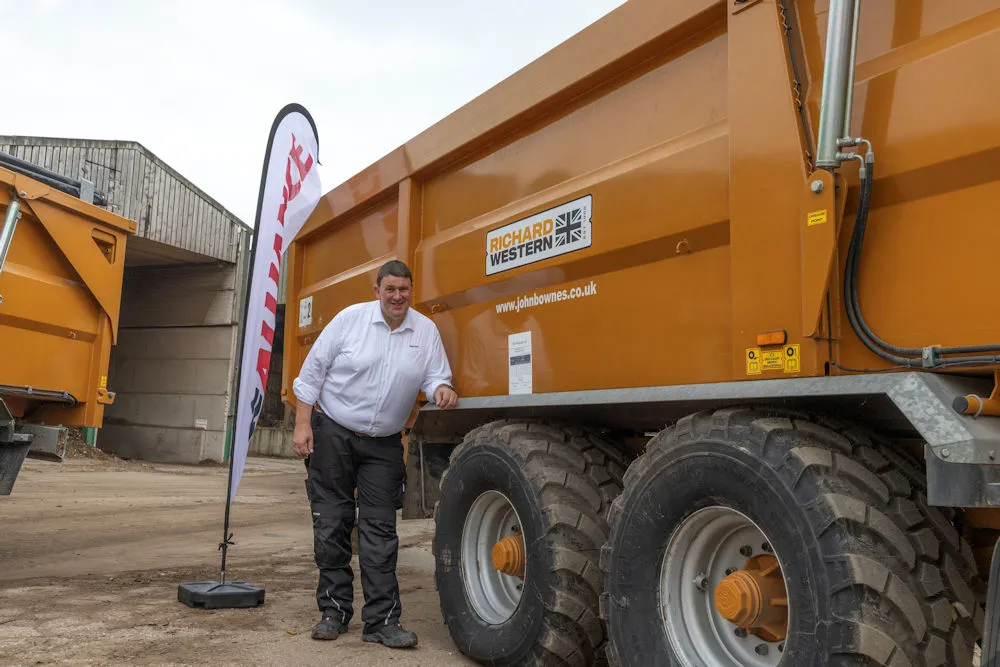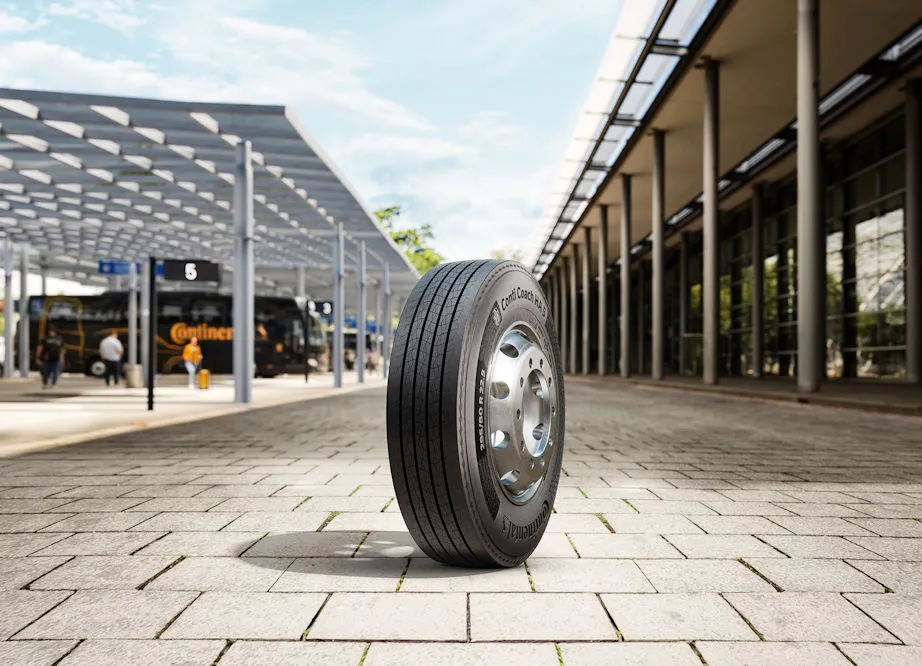Off road users of tyres have always known that they can get better performance from their tyres at better pressures; Yokohama’s Field Service Manager Gerrit Vinker explains how to get the best out of tyres
There are more variables in Agricultural and OTR tyre use that impact efficiency

In the OTR sector there is still a considerable division in the market between bias and radial tyres. How does tyre construction impact upon fuel efficiency?
Vinker responds; “Fuel efficiency in relation to tyre construction varies between tyre types. Bias (diagonal) tyres generally consume more fuel compared to radial tyres due to their design. Radial tyres are more efficient at transferring engine power into motion, reducing fuel consumption.”
On the subject of rolling resistance Vinker commented that reducing rolling resistance improves fuel efficiency. A key parameter in lowering rolling resistance is the tyre working with the correct inflation pressure.
It is fair to say that in many OTR areas rolling resistance can take second place to considerations such as ground pressure. A loaded tractor in the field may need to reduce tyre pressures to improve traction, and or spread the load. That same tractor, and its trailer, may, in theory, need to operate at a different pressure on the road to get the lowest rolling resistance and the best fuel consumption.
Vinker outlined that the compounds used to make the tyres had a role to play in fuel efficiency; “Rubber compounds influence rolling resistance and fuel efficiency. Choosing the right compound for the tyre is a delicate balance between several parameters like wear, cut, and heat resistance. The intended use of the tyre drives this choice. Tyres used in off-highway applications like agricultural, industrial, and OTR have different compounds based on their specific needs. These needs also depend on where the tyre is used— in the OTR segment, for example, there are tyres for loaders, dumpers, and underground mining equipment.”

It is reasonable to say that OTR tyres face a wide range of environmental challenges. They can be operating in mud, on sharp rocks, or on waste, even glass or hot ash. And each of these conditions requires a different tyre, perhaps a different compounding solution.
As mentioned above, tyre pressures can vary in agricultural and OTR operations depending upon the vehicle use. However, it remains the case, says Vinker that; “Tyres working with incorrect inflation pressures have a direct influence on fuel efficiency. For example, agricultural tyres working in the field typically have lower inflation pressures, reducing drag (rolling resistance). However, when the same machine and tyres are used on the road, higher inflation pressures are required. On the road, the higher inflation pressure results in less flexing of the tyre sidewall, meaning less energy is used for tyre flexing, allowing more energy to be transferred into movement. This leads to better fuel efficiency due to lower rolling resistance.
Check out this explainer video.
In the OTR sector,, retreading is often the norm. OTR tyres are a considerable investment and the longer that casing can be made to operate, the lower the whole life costs for the operator. However, retreading is often considered a second-class option to a new tyre. Commercial Tyre Business asked Vinker if there was a loss of performance in a second life retreaded tyre on a manufacturers own casing? If there is, does the cost saving on the retread tyre compensate for any reduction in fuel efficiency?
Vinker starts out with a caveat on how the casing has been used; “Tyres working with incorrect inflation pressures, particularly too low, experience higher stress (and wear) on the casing. This is due to heat buildup in the casing and possible separation.
“The success of a retreaded tyre starts with the condition of the casing. If the casing was already used in the first life and experienced high wear/aging, the retread may not complete its full potential life due to casing failure. Therefore, the cost per mile or hour may be compromised, and any cost savings on the retread may not fully offset the reduction in fuel efficiency due to performance loss.”








